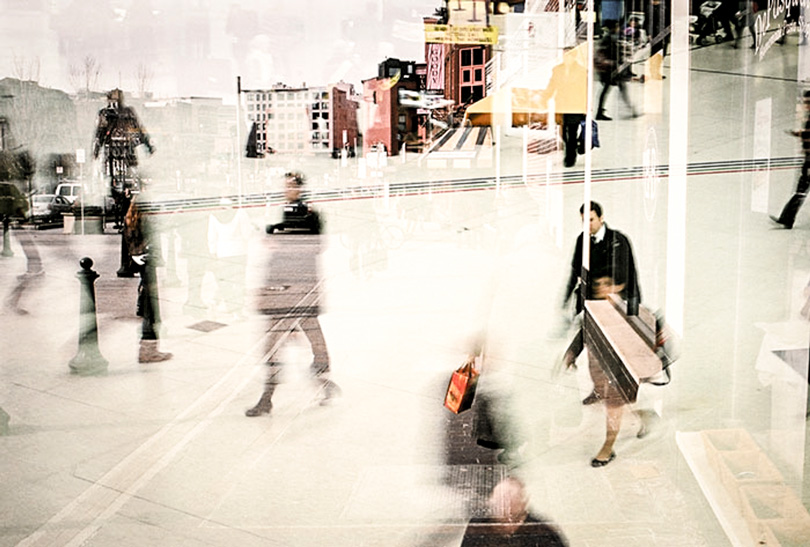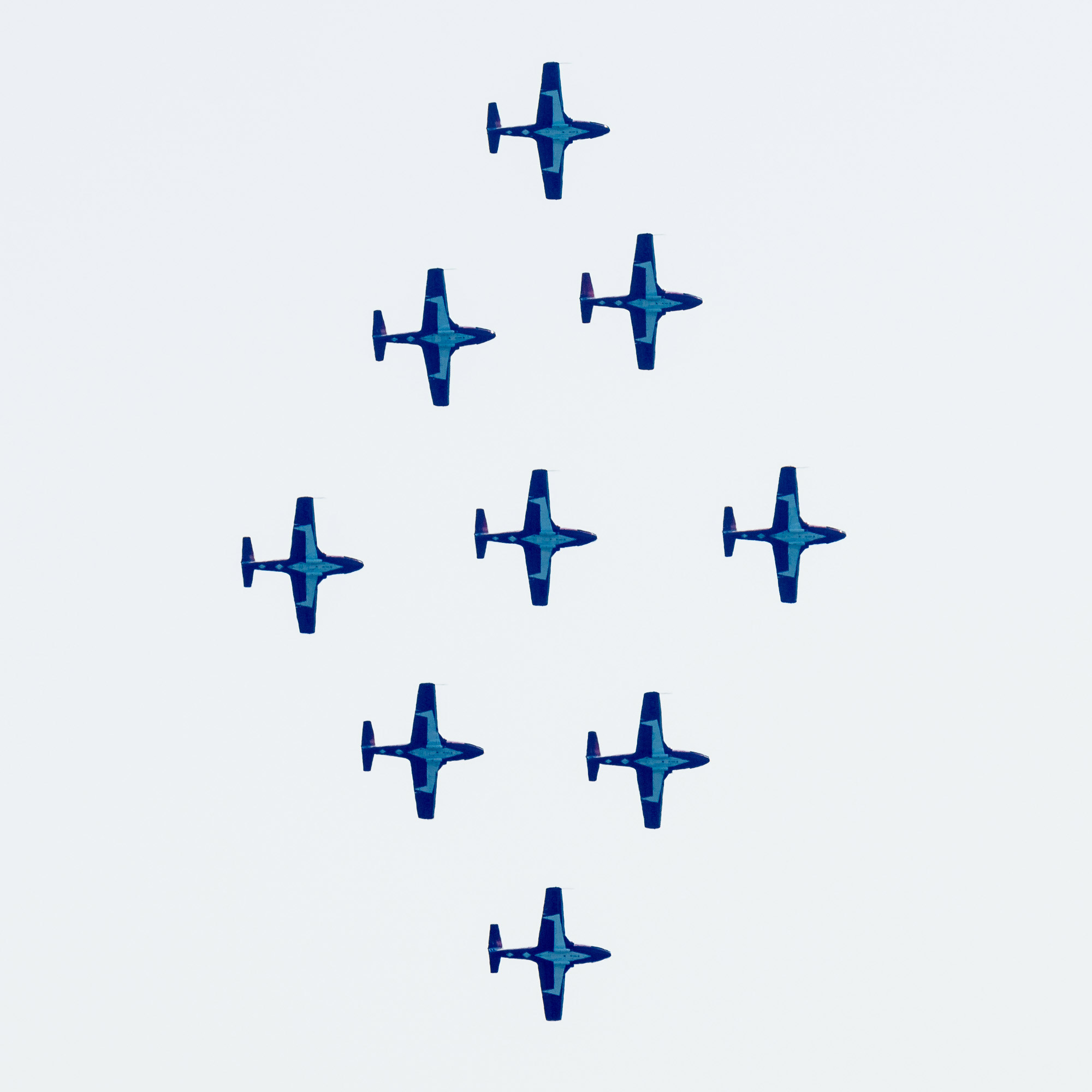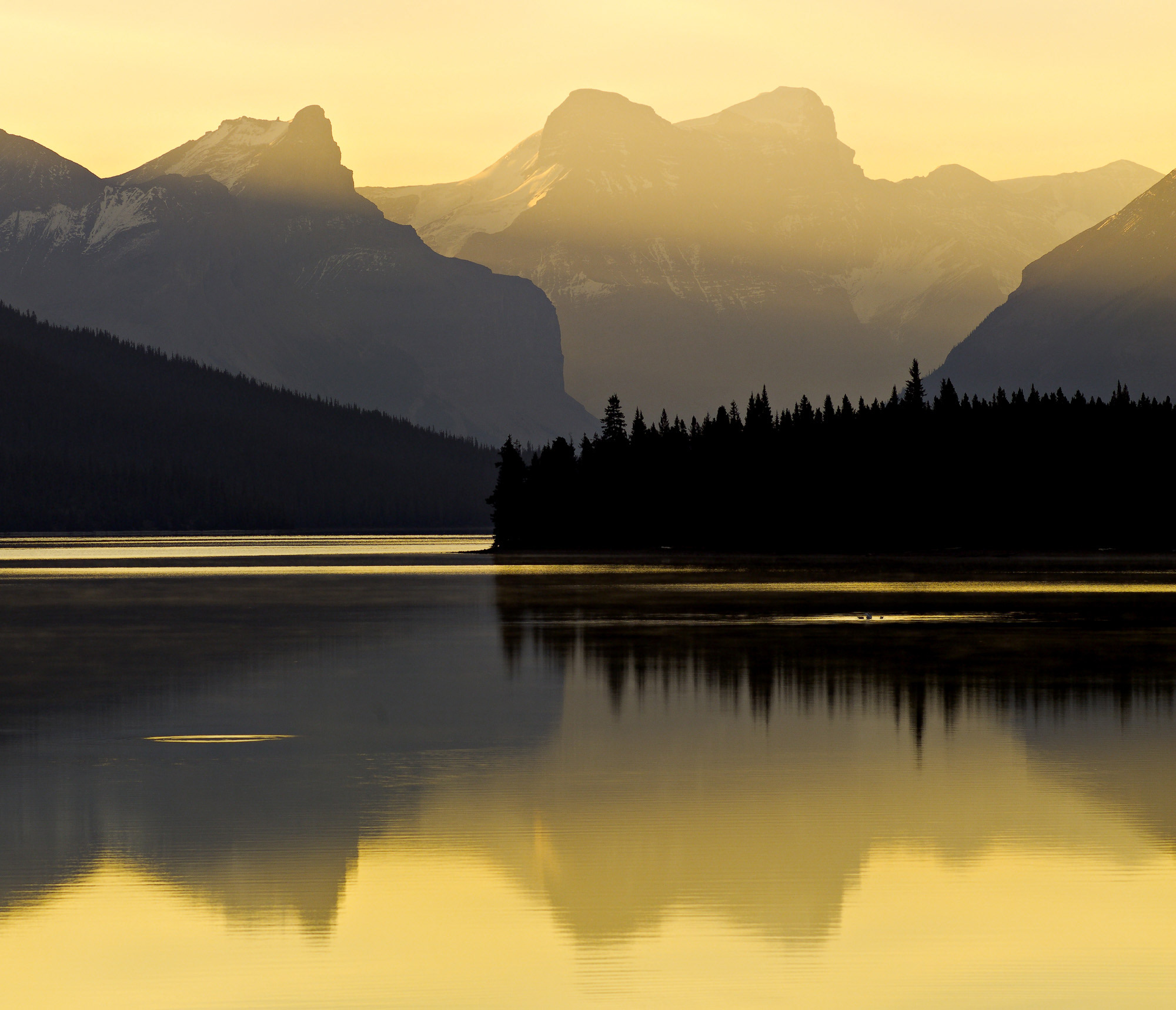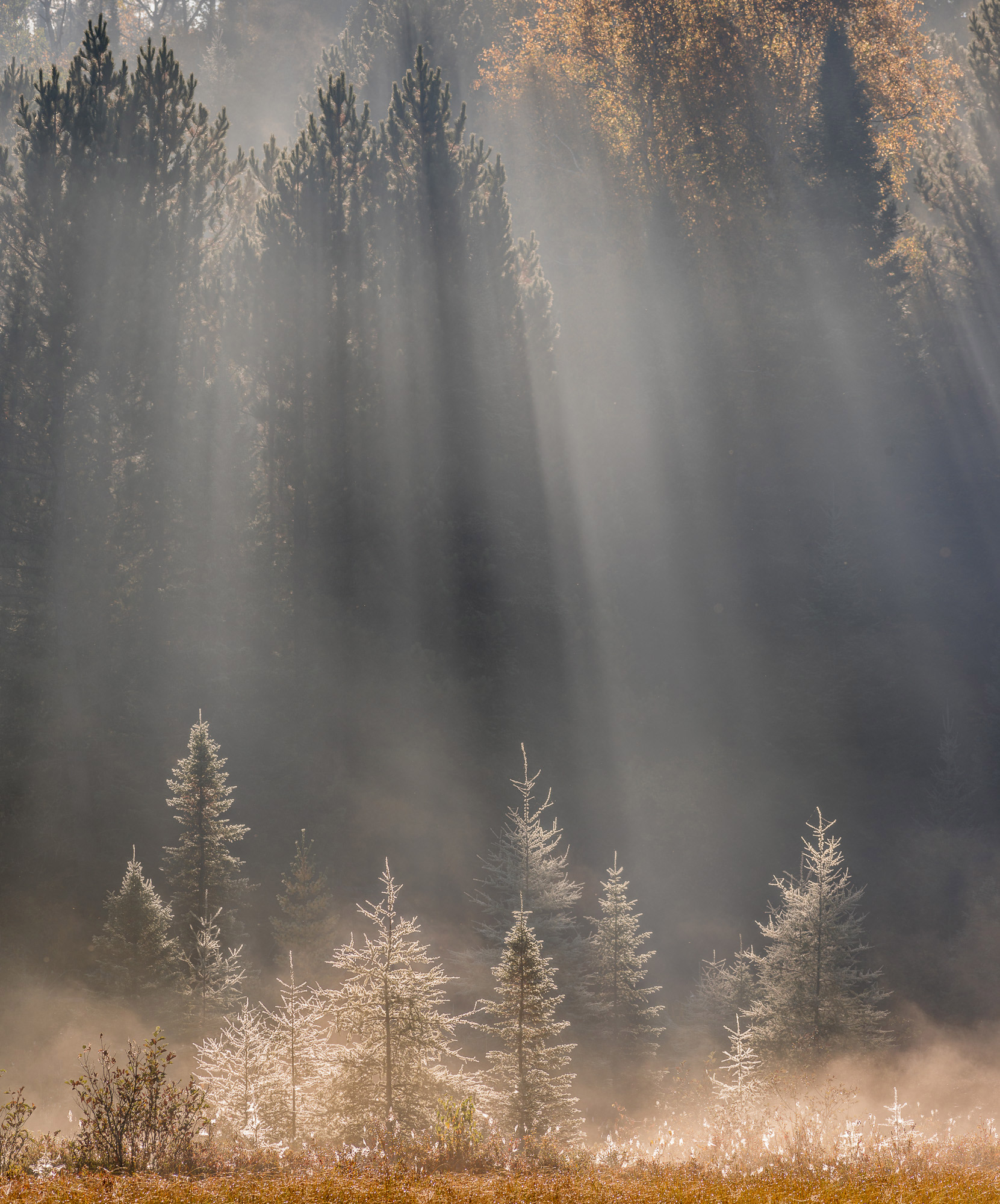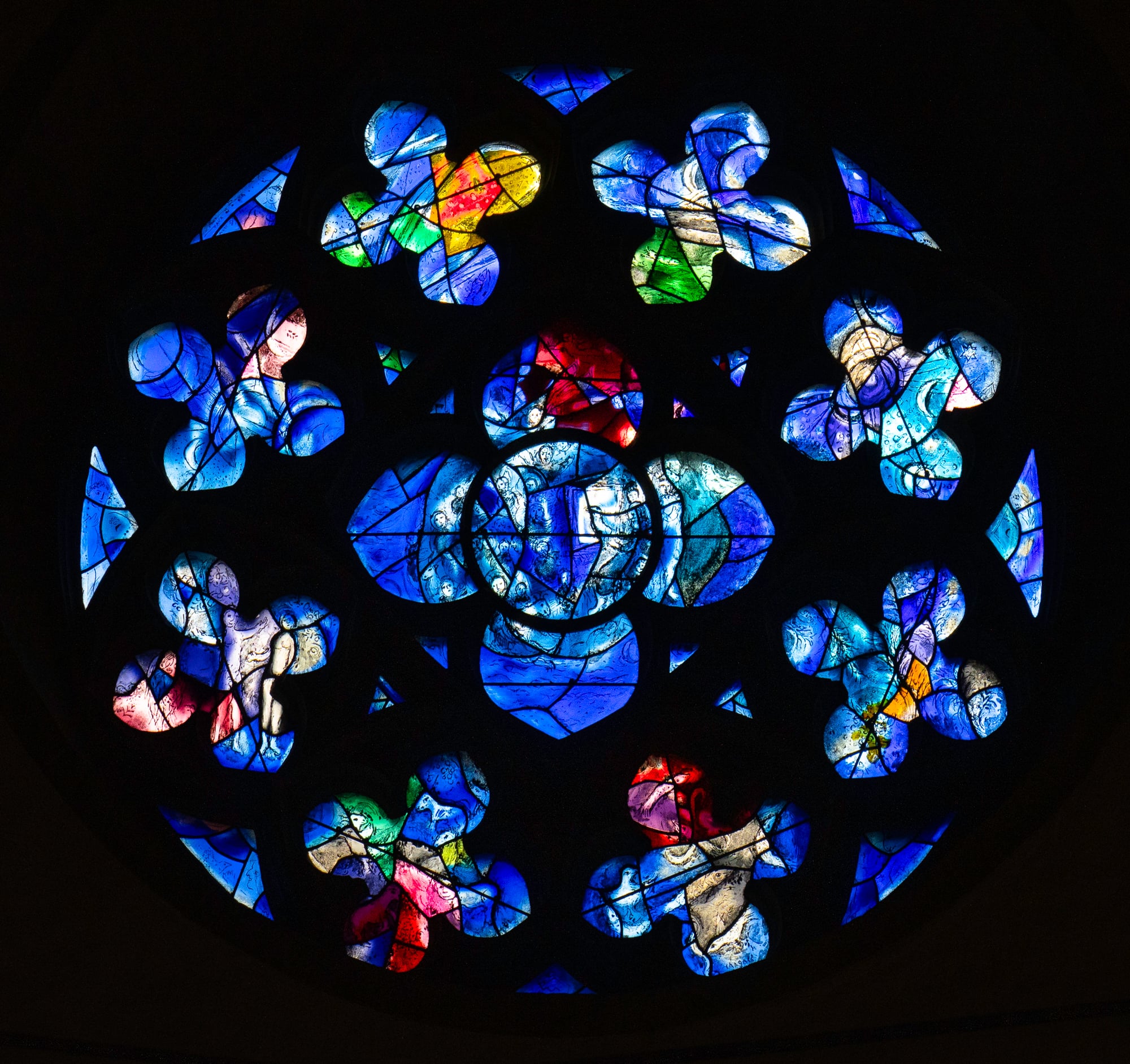
If you’re reading this, it is highly likely that your photographic journey of a thousand miles has already begun. We are all self-taught to some extent, sponging up information from books, tapping into the huge repository of knowledge on LuLa, checking out the work of other artists we admire and gaining experience through good old-fashioned trial and error.

Some of us have supplemented this with formal study and certification; others have taken workshops in everything from profiling and printing to street photography. We now own some fine camera equipment and along the way we probably switched brand loyalties once or twice. Maybe even more 🙂
If we pause and look back at our work, over the last few years, we can see patterns emerging. There’s a routine to what, when, how and where we shoot. Many will also have experimented successfully with personal projects and self-publishing. So that’s it. We’ve arrived at the destination! We can see, shoot and share. Overall the results are pretty good.

Now what?
Perhaps it’s time to take up painting or write that novel? If you do, fine, but if you feel that your photographic adventure has only just begun, then this is for you. Maybe you need to turn creative stumbling blocks into stepping-stones, or you just know intuitively that you have more to offer but aren’t certain how to do it.
That’s what this article is about. Taking the Next Step. For shooting and for sharing there are a host of options on the web, particularly right here on LuLa. Travel workshops to exciting destinations, videos on workflow and software tutorials.

But what about seeing? The Art of Noticing. Taking the next step here is harder because we’re in more rarified territory. I’ve been lucky enough to take a step involving artistic collaboration, which has inspired me, and I want to share the idea with you here. It’s unusual, you may get jolted out of your comfort zone but the rewards are huge. Try it, who knows? It may work for you too.

Collaboration
Collaboration is something we take for granted. As humans we have a basic need to collaborate. We do it every day with partners, friends and colleagues. It is commonplace in the arts (theatre, music, dance) but strangely rare in photography. Occasionally we may collaborate with a book editor or gallery curator but we are not accustomed to sharing our creative photographic decisions. This is a shame because true collaboration involves both receiving and giving and I believe we underestimate the contribution we can to make to each other’s work. Thankfully that is all about to change.
More recently, collaboration has become a buzzword in social media as technology gives us the tools to do so, artistically. Think Adobe Creative Cloud, Asana, G+, Dropbox, Instagram, frame.io …etc. Now it is coming of age in photography.

Eileen McCarney Muldoon is a fine art/travel photographer and educator based in Rhode Island, USA. Since meeting in Tibet two years ago, Eileen and I have collaborated on a variety of projects. We’ve explored multiple exposures, visual rhymes, incorporating text and working in film and digital. Along the way we made a simple but startling discovery– collaboration produces dramatic results.
I discovered that I had settled into a visual comfort zone. I knew when, where, how and why I was going to shoot. I tended to notice the same things over and over again. Looking at my work over a sustained period I found that many of the images looked similar.
I was travelling the world but standing still. Looking but not seeing.

Let’s take a deceptively simple example of Collaboration, Visual Rhymes.
This is a project we created to develop how we both think about photographs. The concept is simple. Choose an image, not just one you like but one with meaning, something, which resonates with you. Without explanation pass it to your partner. Their task is to think hard about the image, what they ‘see’ you are trying to say and how they feel about it. Then they shoot a second image that rhymes or fits with it. This is the start of a visual conversation that continues with images being exchanged.

This often raises the question, “How should I evaluate an image, what am I meant to rhyme with?” And of course the answer is that you’re not ‘meant’ to rhyme with anything. You might start with the graphics or the colours and move on to the content or energy in the image, or jump right to the metaphor and use that as a brief for your own follow up shot.
What happens is that we cease taking and start making images. We establish a new habit of thinking first, then feeling, shooting and sharing. The project develops it’s own story line. The images don’t need to be linked in any formal narrative; they can meander with a creative sense of play. Maybe repeat patterns emerge, maybe they don’t. The point is to take your creative muscles to the gym for a work out.

Another good example is ‘Visualizing Poetry’. This introduces text and therefore uses both the left and the right brain. Working in pairs, each participant chooses a poem for their partner to visualize. The process of finding a hook on which to hang a photograph forces us to study the meaning in a way quite different from reading a poem in a book. This stretches our imagination, helps us think in terms of metaphors and pushes us to explore new directions.

Creative collaboration offers a uniquely different approach. By working on shared projects I’ve found alternative paths that I would not have taken on my own. Eileen and I were challenged to rely on one another to let go, trust, share the risk and the inspiration. It became a journey of discovery rather than of following a map.
To be clear, I’m not dismissing our role as individual artists. Collaboration is not a replacement for the way we work now but it adds an extra dimension. Working with someone else doesn’t limit your creativity. Rather, their thinking is a catalyst, propelling you both to explore new territories.

These benefits aren’t just temporary; they transfer back into your solo work too. The inspiration generated by collaboration will lead you to pictures that will astonish you and your colleagues. Talk with friends in your photo and art communities. Find a subject of mutual interest and start a collaborative project. I’m sure you’ll find Looking and Seeing differently, infinitely rewarding.
Olaf Willoughby
**************************************************
Eileen and I feel we have both grown artistically through collaboration and if it worked so well for us; why shouldn’t it work for others? So we have developed a range of tools and techniques to guide you through the collaborative process. You can learn more by checking out ‘Visual Conversations’, a workshop we are co-teaching at Maine Media College, starting June 21st 2015.
Please feel free to e-mail me.
Read this story and all the best stories on The Luminous Landscape
The author has made this story available to Luminous Landscape members only. Upgrade to get instant access to this story and other benefits available only to members.
Why choose us?
Luminous-Landscape is a membership site. Our website contains over 5300 articles on almost every topic, camera, lens and printer you can imagine. Our membership model is simple, just $2 a month ($24.00 USD a year). This $24 gains you access to a wealth of information including all our past and future video tutorials on such topics as Lightroom, Capture One, Printing, file management and dozens of interviews and travel videos.
- New Articles every few days
- All original content found nowhere else on the web
- No Pop Up Google Sense ads – Our advertisers are photo related
- Download/stream video to any device
- NEW videos monthly
- Top well-known photographer contributors
- Posts from industry leaders
- Speciality Photography Workshops
- Mobile device scalable
- Exclusive video interviews
- Special vendor offers for members
- Hands On Product reviews
- FREE – User Forum. One of the most read user forums on the internet
- Access to our community Buy and Sell pages; for members only.


